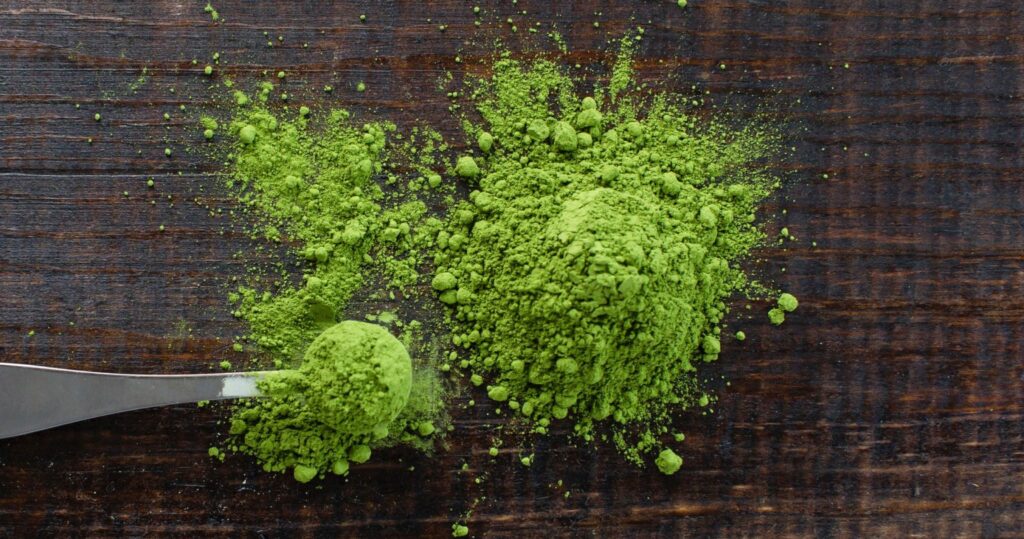ceramic vacuum disc filter
A vacuum sludge dryer is a specialized type of sludge dryer used to remove moisture efficiently and effectively from sludge or other sticky and paste-like materials. It operates under reduced pressure or vacuum conditions, allowing for low-temperature drying, which is particularly beneficial for heat- sensitive or delicate materials.
Working Principle
Working Principle
The vacuum sludge dryer operates on the principle of evaporation under reduced pressure. The main components of a typical vacuum sludge dryer include a vacuum chamber, heating jacket, paddle agitator, and condenser.
Condenser
Condenser
A condenser is connected to the vacuum chamber to collect the evaporated moisture from the sludge. The condenser converts the vapor back into liquid form, which can be removed separately from the dried sludge.
Paddle Agitator
Paddle Agitator
A paddle agitator is inside the vacuum chamber, continuously moving and agitating the sludge to maximize contact with the heated surfaces and facilitate efficient drying.
Vacuum Chamber
Vacuum Chamber
The sludge is placed inside the vacuum chamber, which is sealed to create a vacuum environment.
Heating Jacket
Heating Jacket
The vacuum chamber is equipped with a heating jacket or coils that provide heat to the sludge. The heating temperature can be precisely controlled to prevent overheating and ensure gentle drying.
Advantages:
Low-Temperature Drying: The vacuum sludge dryer operates at low temperatures, minimizing the risk of thermal degradation and preserving the quality of heat-sensitive materials.
Rapid Drying: The efficient agitation and reduced pressure environment lead to faster drying times compared to conventional drying methods.
Odor Control: The vacuum system helps to contain and control odors, making it suitable for drying sludge with potential odor issues.
Energy Efficiency: The use of low temperatures and reduced pressure results in energy savings compared to other drying methods.
Applications: Vacuum sludge dryers find applications in various industries and processes, including:
- Municipal Wastewater Treatment: Drying sewage sludge produced during wastewater treatment to reduce disposal costs.
- Pharmaceuticals: Drying heat-sensitive pharmaceutical materials or active ingredients.
- Biomass Vaporization: Drying organic sludge or biomass to produce biosolids or renewable energy.





